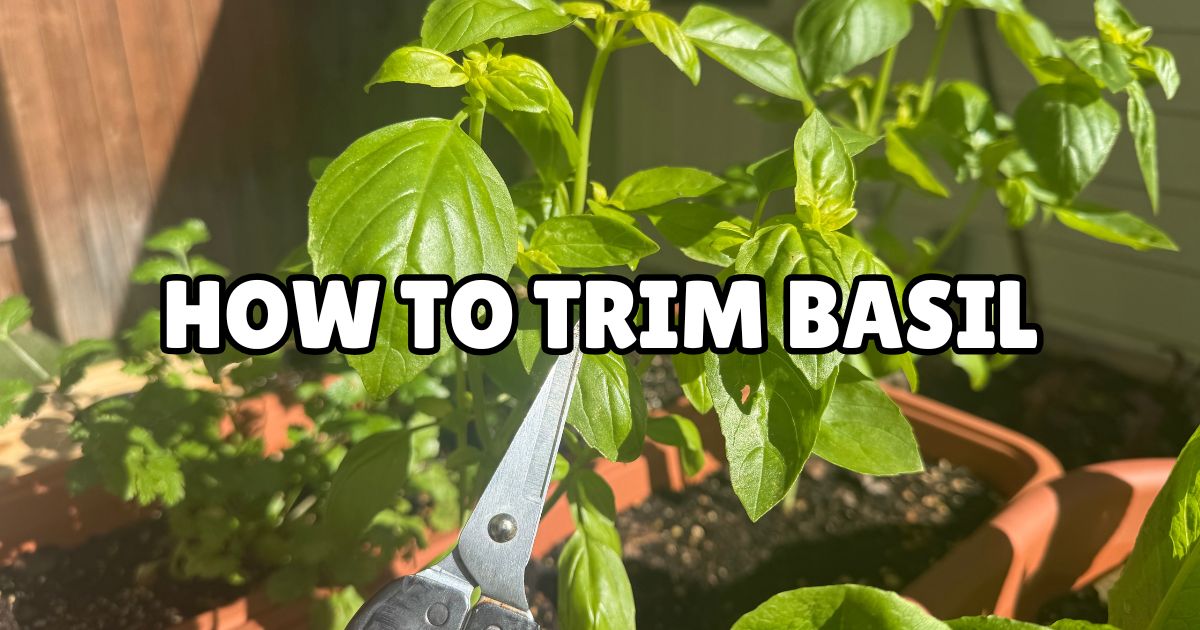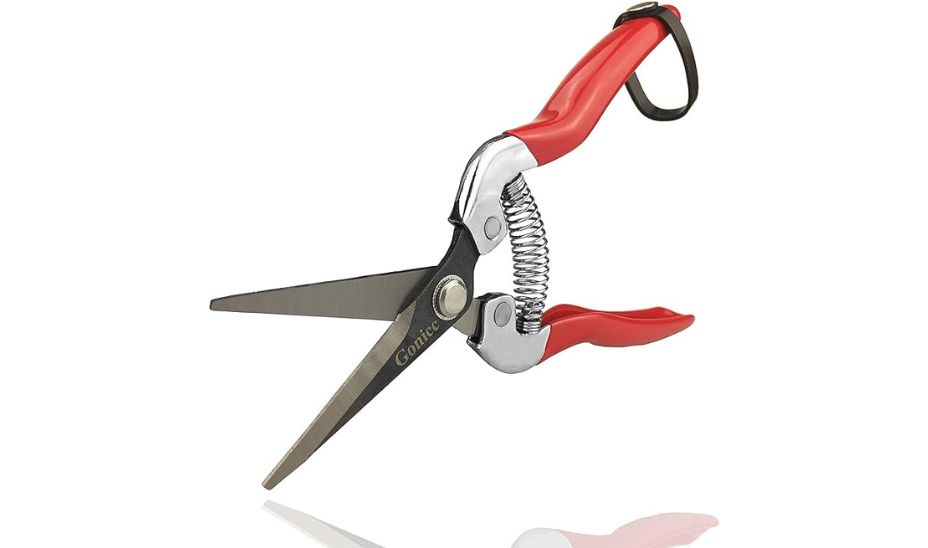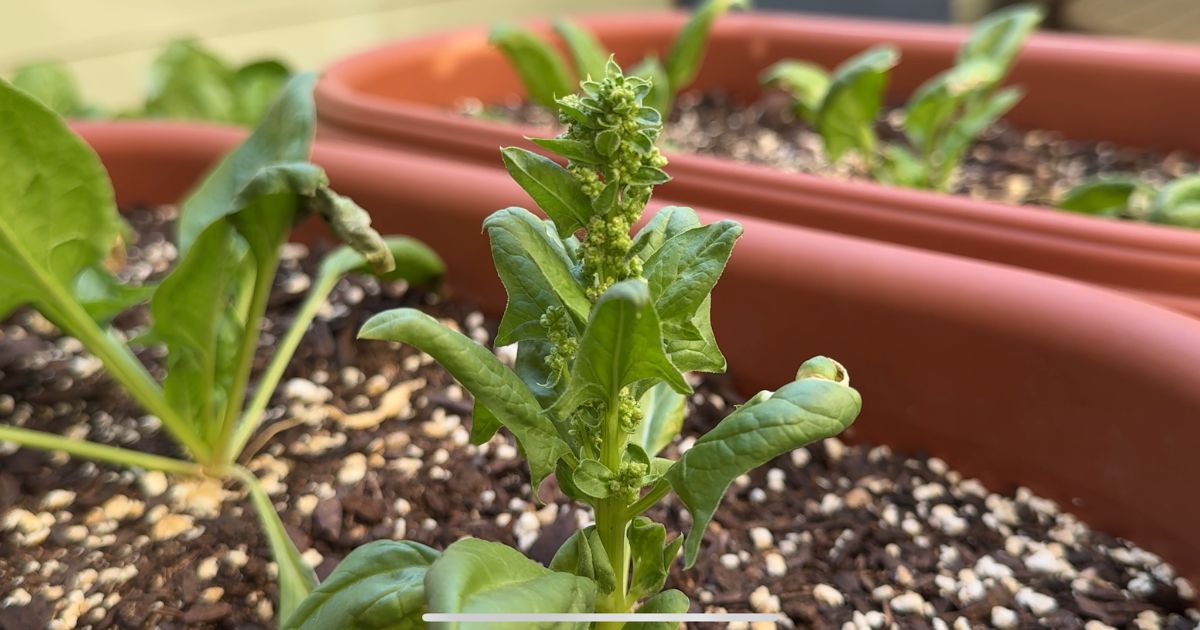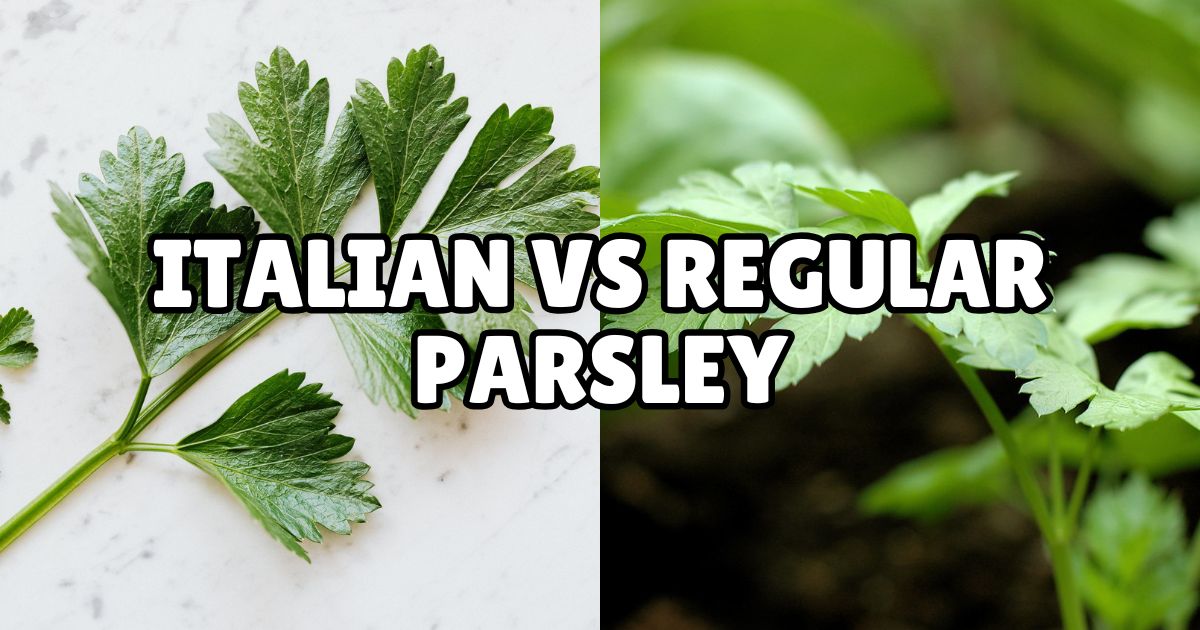
The Ultimate Guide to Trimming Basil for Healthy Growth
Why Trimming Basil is Essential
Basil is a fast-growing herb that thrives when pruned correctly. Trimming basil encourages bushier growth, prevents the plant from becoming leggy, and delays flowering, which can alter its flavor. Regular pruning ensures a continuous supply of fresh, fragrant leaves throughout the growing season.
Tools You’ll Need
Before trimming your basil, gather the following tools:
- Sharp scissors or pruning shears: Dull tools can crush the stems, leading to damage or disease.
- Gloves (optional): Basil leaves contain oils that can stain your hands.
- A clean surface or bowl: For collecting the trimmed leaves.
Ensure your tools are sanitized to prevent transferring diseases between plants.
When to Start Trimming Basil
Begin trimming your basil when the plant has grown at least six sets of true leaves (usually when it’s 6–8 inches tall). This ensures the plant is mature enough to handle pruning without stunting its growth.
How to Trim Basil: Step-by-Step
1. Locate the Right Spot
Look for a pair of leaves with new growth emerging from the node (the point where the leaves meet the stem). Avoid trimming below the first set of leaves, as this can weaken the plant.
2. Make the Cut
Using sharp scissors or shears, snip the stem just above a node where two leaves are growing. Always leave at least two sets of leaves on the plant.
3. Trim Frequently
To keep your basil plant producing, trim it every 1–2 weeks. Regular pruning prevents flowering and encourages new shoots to form.
4. Pinch Off Flower Buds
If you see flower buds starting to form, pinch or cut them off immediately. Flowering diverts energy away from leaf production, causing the leaves to taste bitter.
Pro Tips for Trimming Basil
- Morning Harvest: Trim your basil in the morning when the plant’s essential oils are most concentrated.
- Don’t Overharvest: Avoid removing more than one-third of the plant at a time. This ensures the plant has enough foliage to continue photosynthesis.
- Use the Leaves: Don’t let your trimmings go to waste! Freshly cut basil is perfect for pesto, salads, or drying for later use.
Common Mistakes to Avoid
- Cutting Too Low: Trimming too far down the stem can shock the plant and stunt growth.
- Neglecting to Prune: Skipping pruning leads to tall, sparse plants with fewer leaves.
- Overwatering After Trimming: Basil plants don’t need extra water immediately after pruning unless the soil is dry.
Maintaining a Healthy Basil Plant
To complement your pruning routine, ensure your basil plant gets adequate care:
- Sunlight: Provide 6–8 hours of direct sunlight daily.
- Soil: Use well-draining, nutrient-rich soil.
- Watering: Keep the soil consistently moist but not soggy.
- Fertilizing: Feed your basil every 4–6 weeks with a balanced, organic fertilizer.
Conclusion
Trimming basil is more than just a maintenance task—it’s a crucial practice for ensuring a healthy, productive plant. With the right tools, timing, and techniques, your basil will thrive all season long, providing you with abundant, flavorful leaves for all your culinary adventures.
Happy pruning! 🌿



